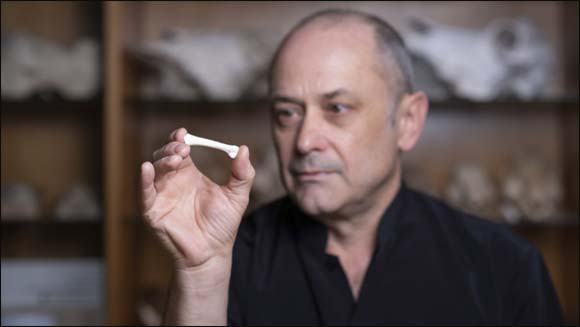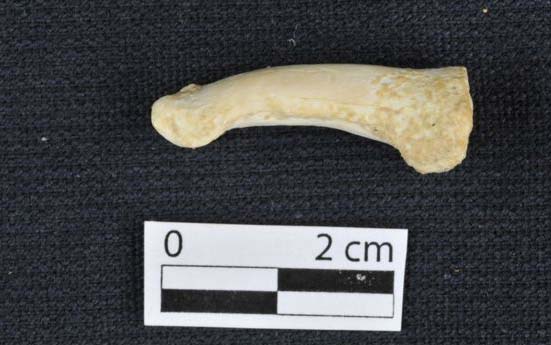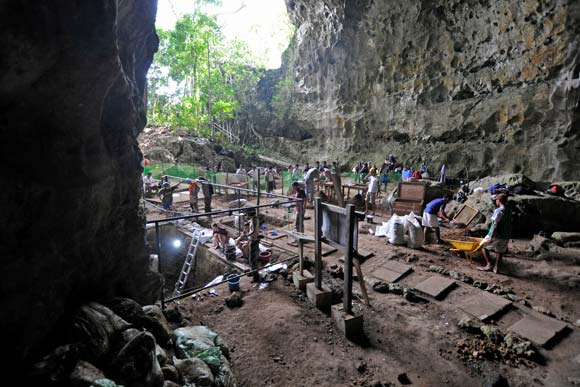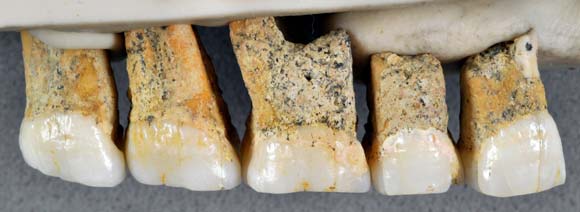A New Species of Early Human from the Philippines
Another Branch on the Hominin Family Tree – Homo luzonensis
Over the last thirty years or so, our understanding of the evolution of the human family tree has moved on considerably. Ironically, it is not so much the discovery of new fossils that have helped to fill in the significant gaps in our knowledge, although recent discoveries, most notably in South Africa have helped to improve our understanding.
Advances in our understanding of the genome of our own and closely related species such as the Neanderthal can perhaps be cited as having the greatest impact. However, our family tree is far from understood and a new paper, published in the journal “Nature” this week, only demonstrates how much more we have to learn. Indeed, the human family tree has another branch, step forward Homo luzonensis from Luzon Island in the Philippines. This hominin may have been small in stature, but this is big news for anthropologists.
One of the Co-authors of the Scientific Paper (Professor Philip Piper) Holding a Cast of a Toe Bone

Picture credit: Lannon Harley (Australian National University)
The picture (above) shows Professor Philip Piper (School of Archaeology and Anthropology, Australian National University), holding the cast of a hominin third metatarsal (toe bone). The fossil was found in 2007 in the Callao Cave system (northern Luzon, Philippines) and dated to 67,000 years ago. Ascribed to the genus Homo, it provided the earliest direct evidence of a human presence in the Philippines archipelago, but to which species did this toe bone belong?
Homo luzonensis – A New Species of Human
Researchers from the National Museum of Natural History (Paris), Bordeaux University and the University of Poitiers, along with colleagues from the Griffith University and the Australian National University were led by Dr Armand Mijares (University of the Philippines). During the excavations at the Callao Cave site, a total of thirteen fossil specimens were found relating to humans, teeth, foot, finger and hand bones as well as a partial femur. The scientists have concluded that the material represents at least three individuals.
The finger and toe bones are curved, suggesting that climbing was still an important activity for this human species.
Curved Toe and Finger Bones Indicate that Tree Climbing was Important for Homo luzonensis

Picture credit: Florent Détroit (Natural History Museum, Paris)
Commenting on the importance of these fossils, Professor Piper stated that this discovery represents a major breakthrough in our understanding of human evolution across south-eastern Asia.
A Relatively Small Hominin
Professor Piper explained:
“The size of the teeth generally, though not always, reflect the overall body-size of a mammal. So, we think Homo luzonensis was probably relatively small. Exactly how small we don’t know yet. We would need to find some skeletal elements from which we could measure body-size more precisely.”
The researchers conclude that the hands and feet are reminiscent of the hands and feet of Australopithecines. The Australopithecines are considered to be the ancestors of the Homo genus, which includes our own species – H. sapiens.
Posing Difficult Questions
The latest branch to the human family tree is posing a number of intriguing questions to palaeoanthropologists. Did these primitive anatomical features result in this species of hominin due to adapting to an island life, after all Luzon was heavily forested, or are these traits resulting from primitive African hominins migrating to south-east Asia?
Summarising the situation, Professor Piper stated:
“So, the question is whether some of these features evolved as adaptations to island life, or whether they are anatomical traits passed down to Homo luzonensis from their ancestors over the preceding two million years.”
The Callao Cave System Has Been the Focus of a Number of Archaeological Excavations
Picture credit: Callao Cave Archaeology Project
The Origins of Homo luzonensis
Recent excavations near the Callao Cave complex have produced evidence of a butchered rhinoceros and many types of stone stool, some of which have been dated to around 700,000 years ago.
Professor Piper said:
“No hominin fossils were recovered, but this does provide a timeframe for a hominin presence on Luzon. Whether it was H. luzonensis butchering and eating the rhinoceros remains to be seen.”
Fossil Teeth of Homo luzonensis
Picture credit: Florent Détroit (Natural History Museum, Paris)
The Significance of South-east Asia
The identification of a new species of human in the Philippines makes the whole of south-east Asia very significant. The Philippines is made up of many thousands of islands, it is possible that other islands may have had hominin populations that could be described as a new species, indeed, within the archipelago there could be evidence for several species of hominin. For example, stone tools dating to around 200,000 years ago have been found on the Indonesian island of Sulawesi. This suggests that ancient members of the human family tree may have inhabited many of the larger islands in south-east Asia.
Homo floresiensis and the Denisovans
Scientists are aware that south-eastern Asia was home to another species of human, the enigmatic Denisovans, which are known from just a handful of fossil bones found in the mountains of Siberia, but DNA studies have revealed that the Denisovans interbred with early modern humans in this region. No fossil remains relating to the Denisovans have been found in south-eastern Asia thus far.
In addition, the Indonesian island of Flores was home to a hominin species (Homo floresiensis). These diminutive people, nicknamed Hobbits because the scientific paper was published at the height of the interest in the “Lord of the Rings” film trilogy, are thought to have lived as recently as 50,000 years ago.
An article on Homo floresiensis: Did Modern Humans Drive the Hobbit (H. floresiensis) to extinction?
Intriguingly, anthropologists have argued that H. floresiensis exhibits physical features that are reminiscent of those found in Australopithecines. However, other researchers have argued that the Hobbits were descended from Homo erectus but that some of their anatomy reverted to a more primitive state, perhaps as a result of living on an island with limited resources.
For an article that discusses the significance of south-east Asia in human evolution: Did Humans Evolve Independently in Asia?
Visit the Everything Dinosaur website: Everything Dinosaur.



